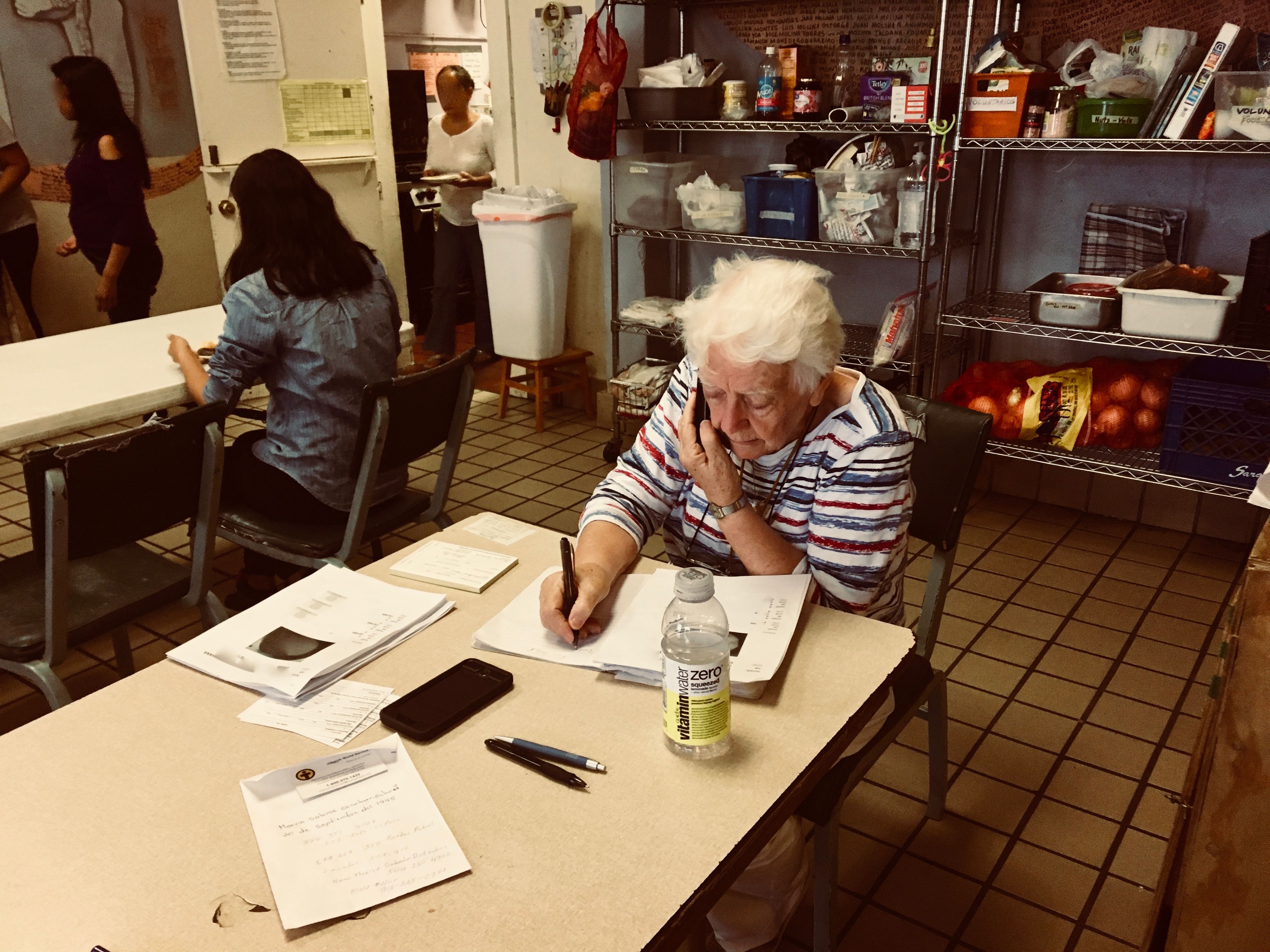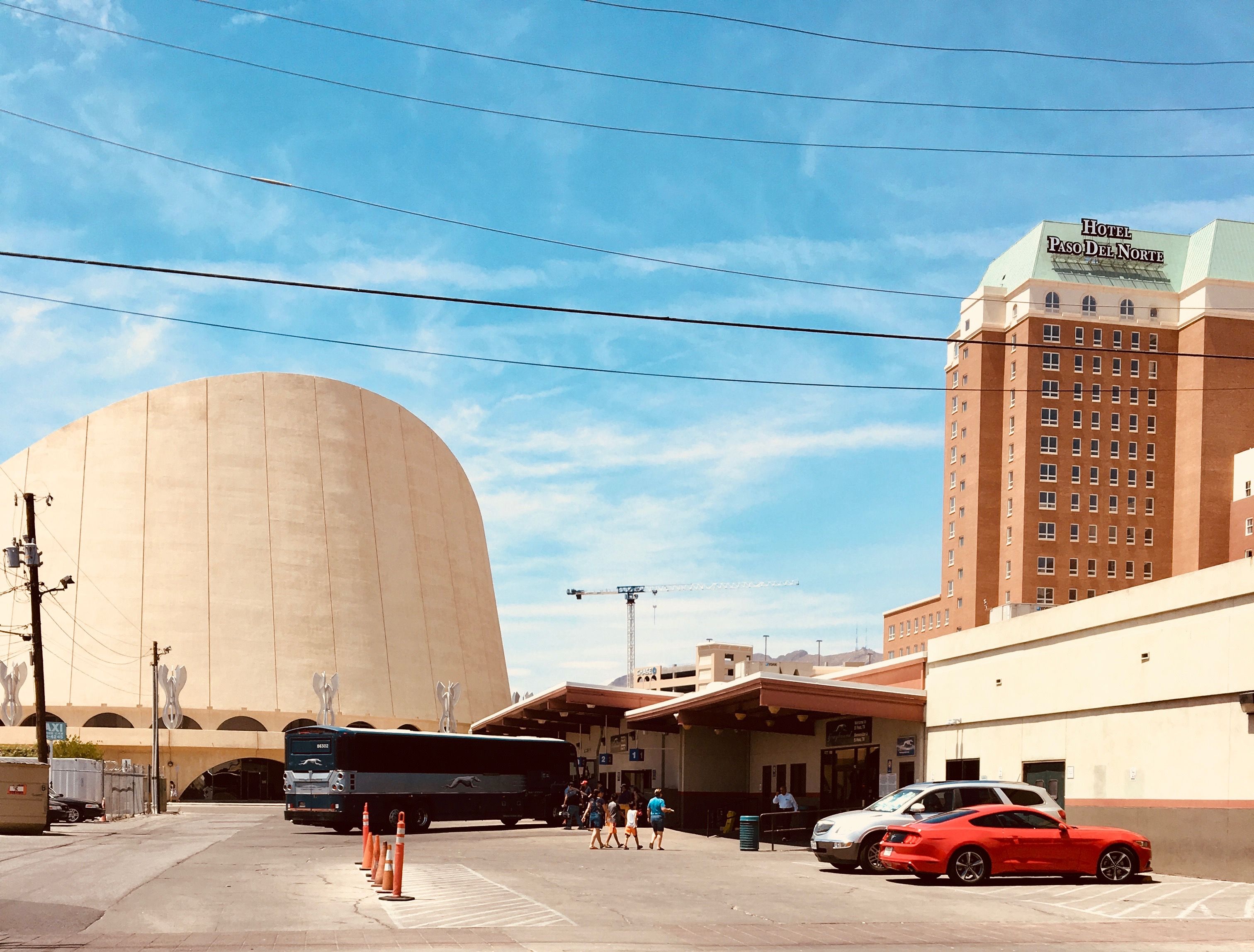January 08, 2020 | Pulitzer Center
On both sides of the Texas-Mexico border, Catholic nuns are running shelters and advocating for the rights of migrants. In Ciudad Juárez, Mexico, Sister Betty Campbell lives in solidarity with the poor in a small house called Casa Tabor, where she leads discussions with Americans visiting the city on educational trips. Sister Maria Antonia Aranda offers counsel and therapy to Nicaraguans, Hondurans, Guatemalans, Salvadorans, and Cubans who are staying in a local parish. Across the border, Sister Beatrice Donnellan directs Casa Vides, a shelter that welcomes the most vulnerable asylum-seekers released from detention in El Paso.
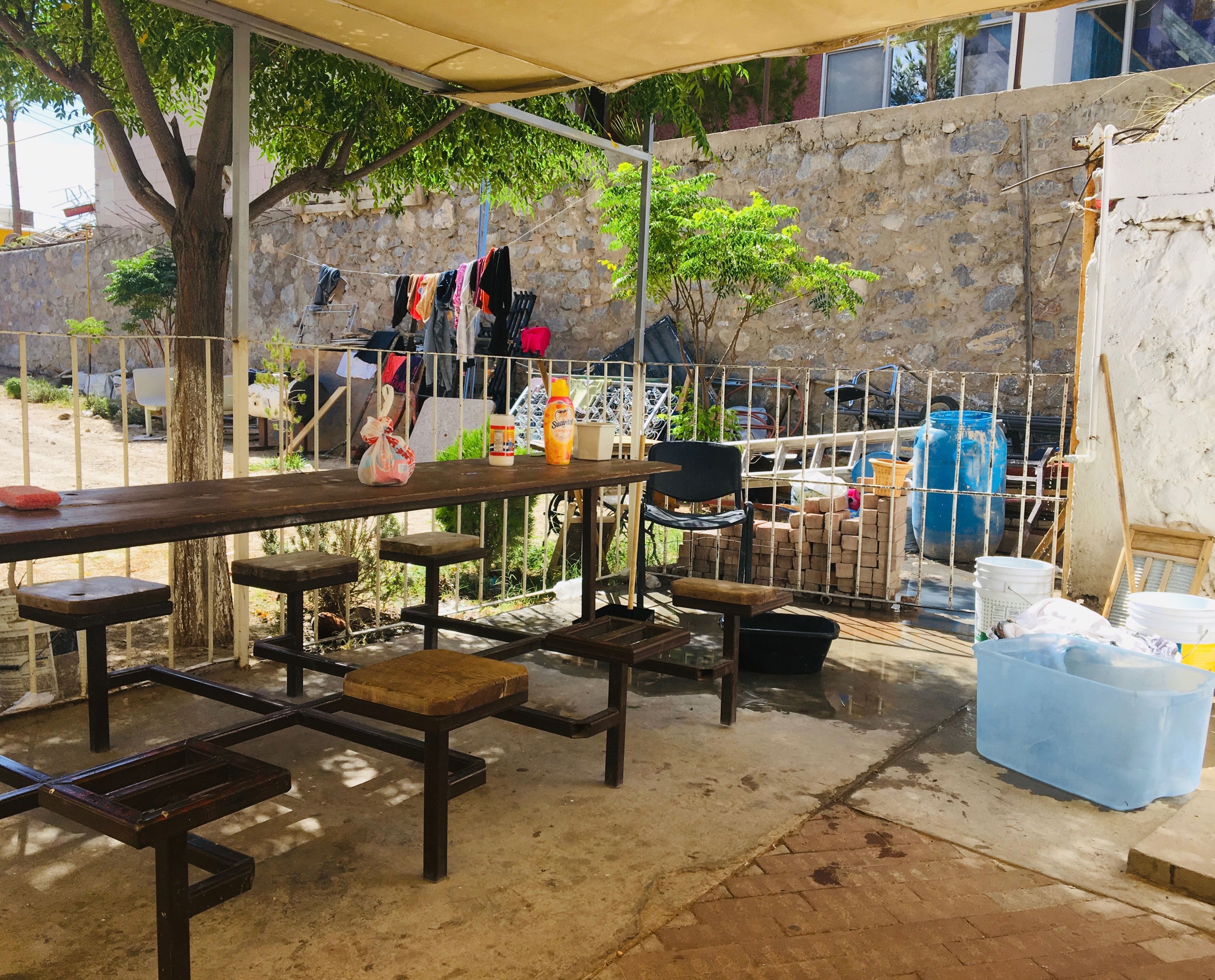
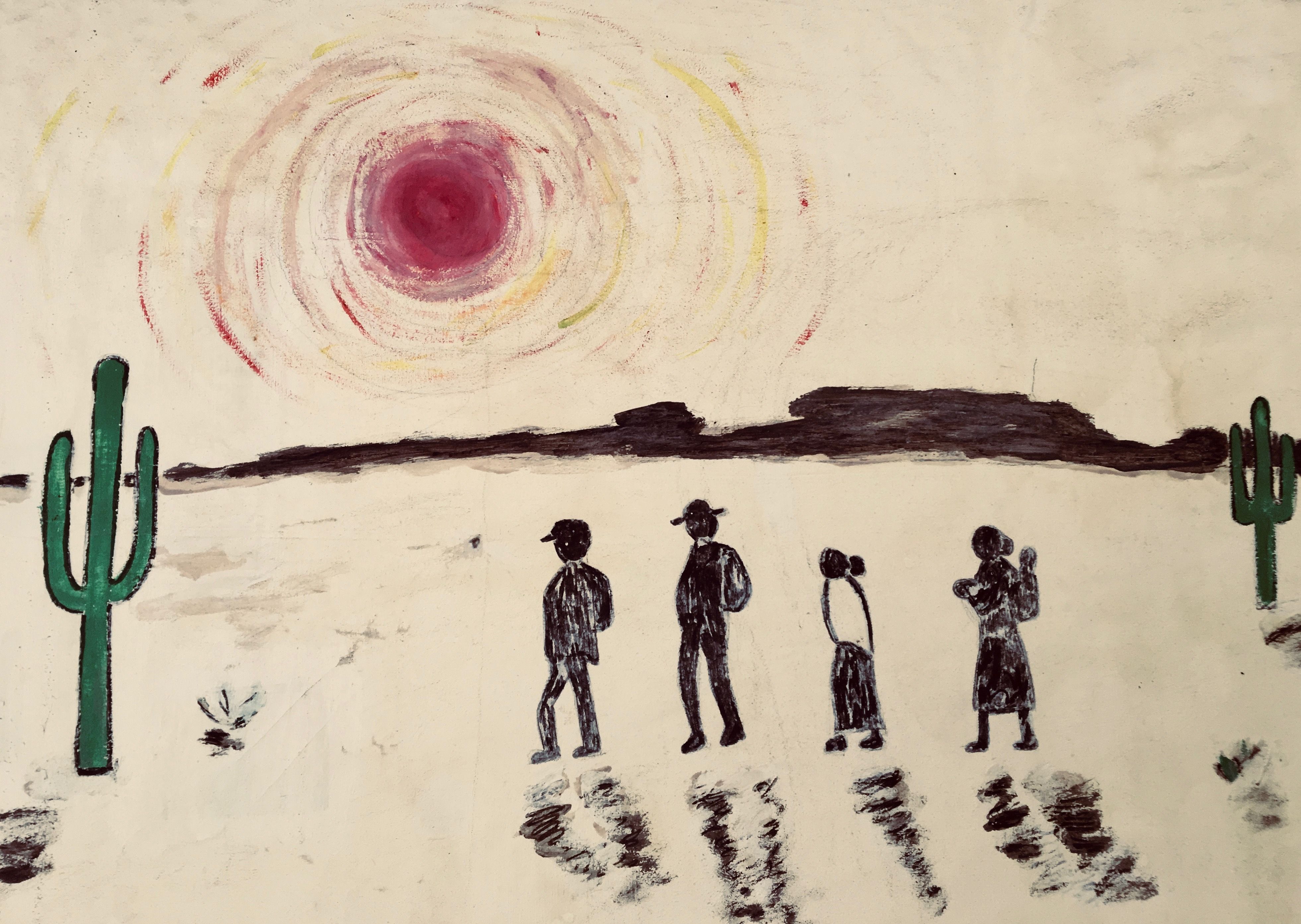
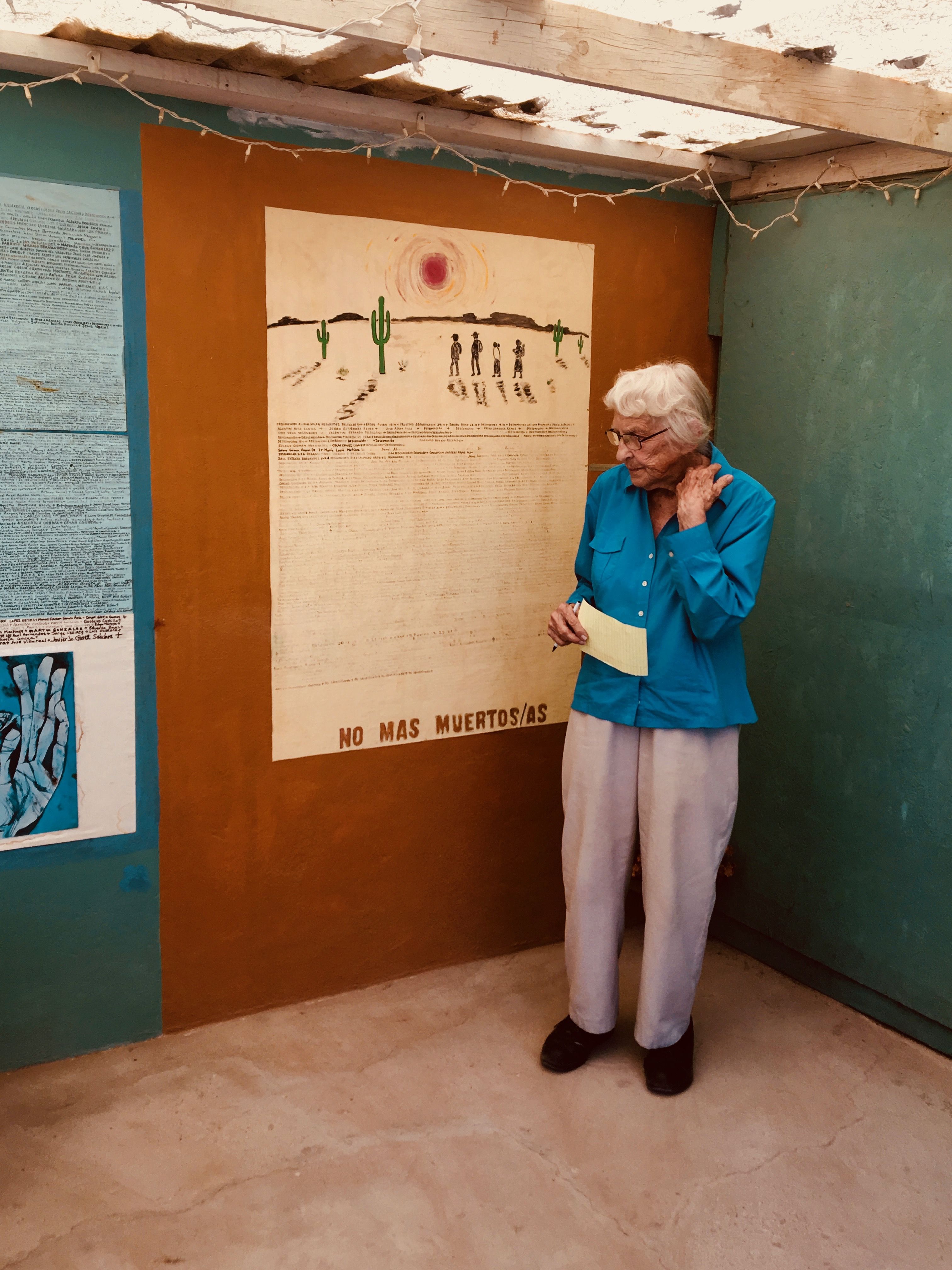
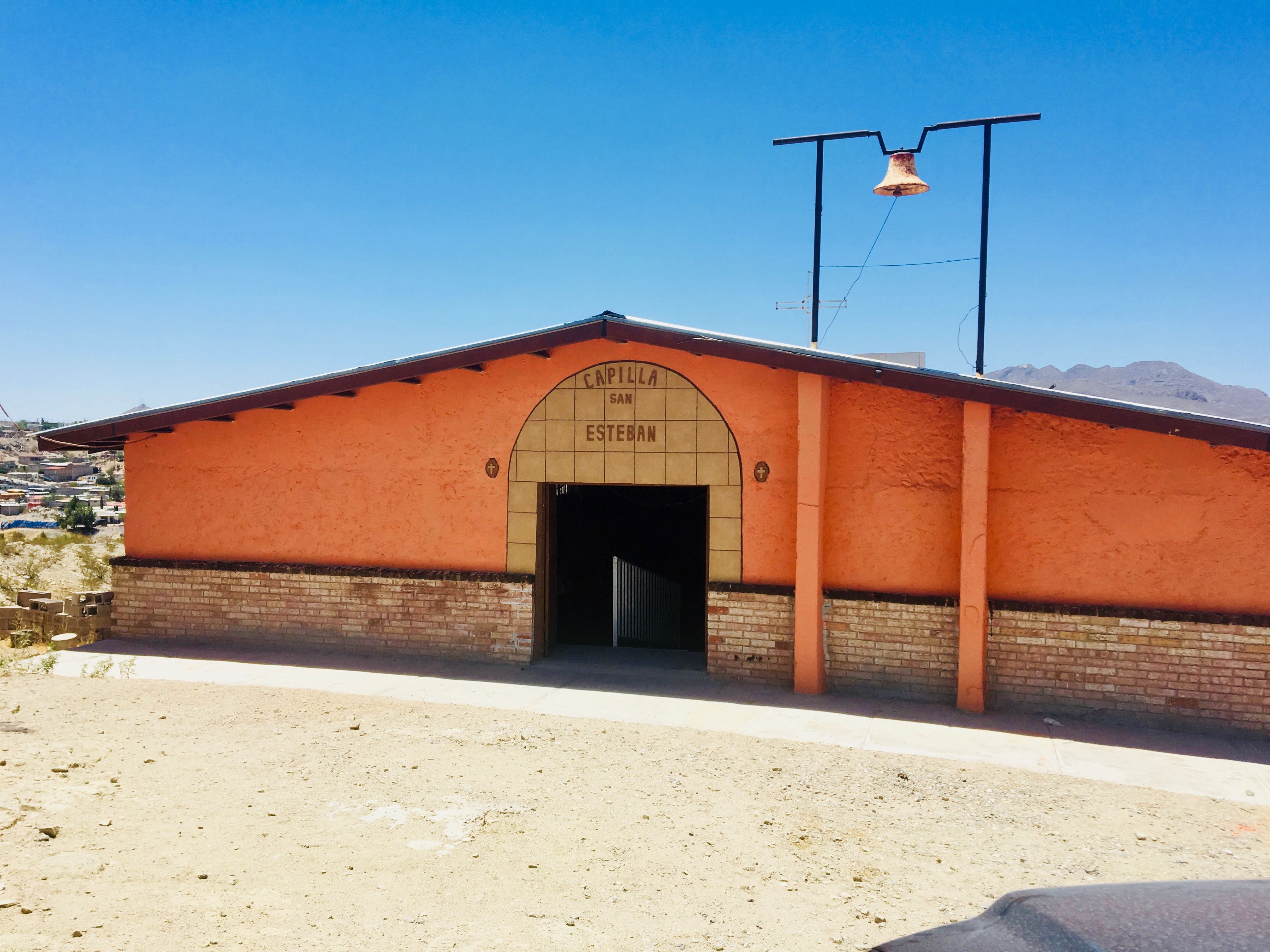
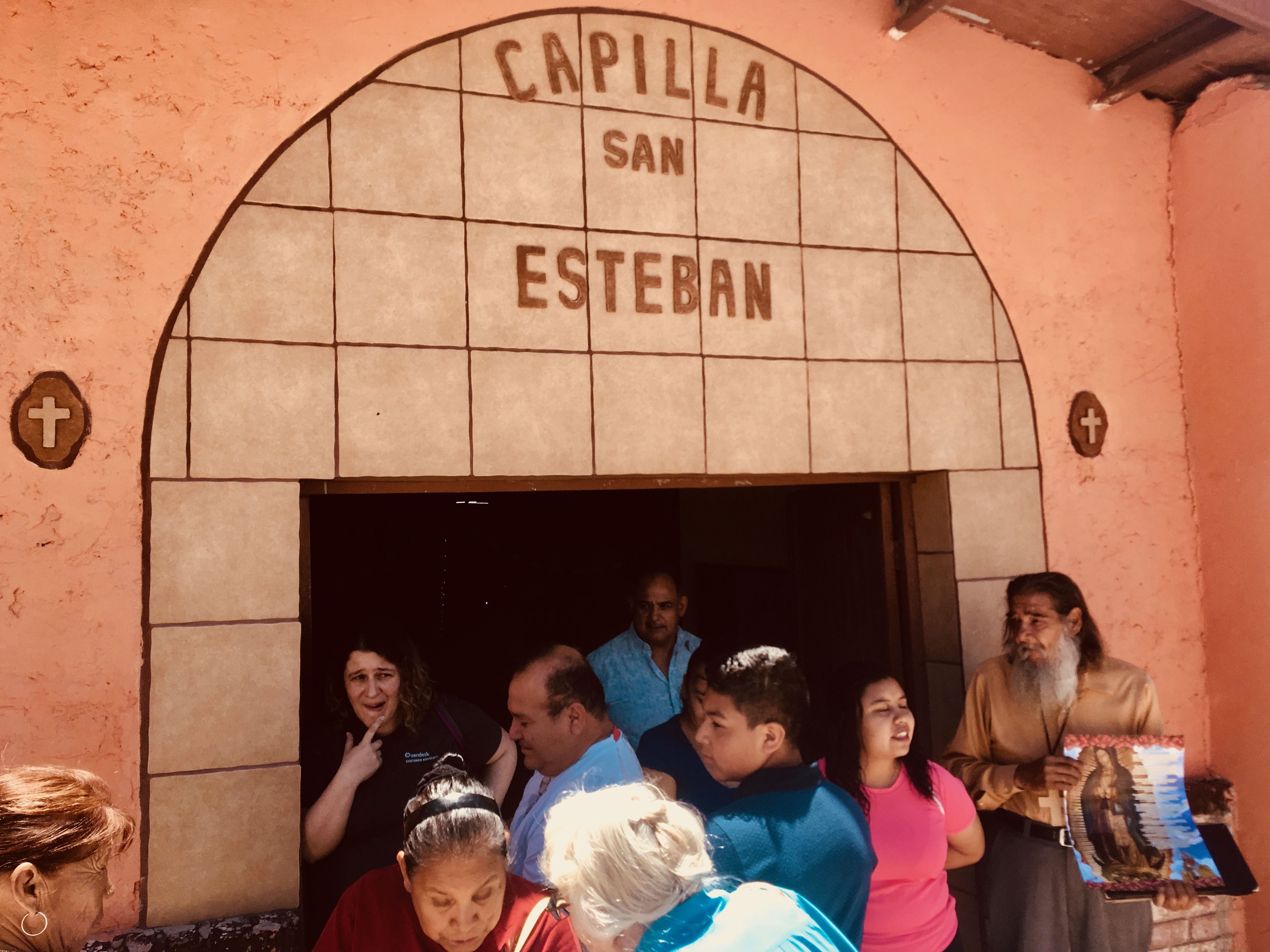
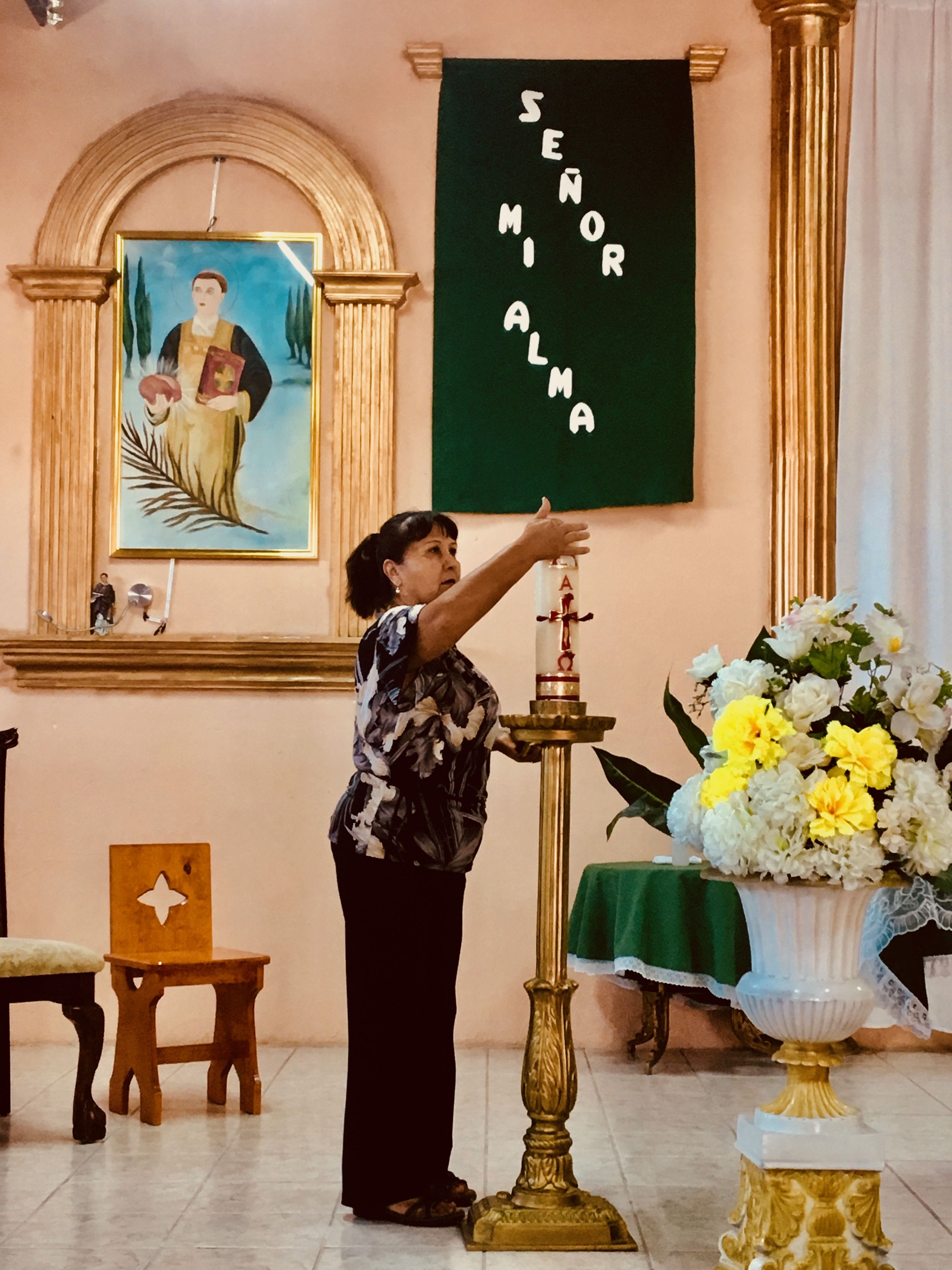



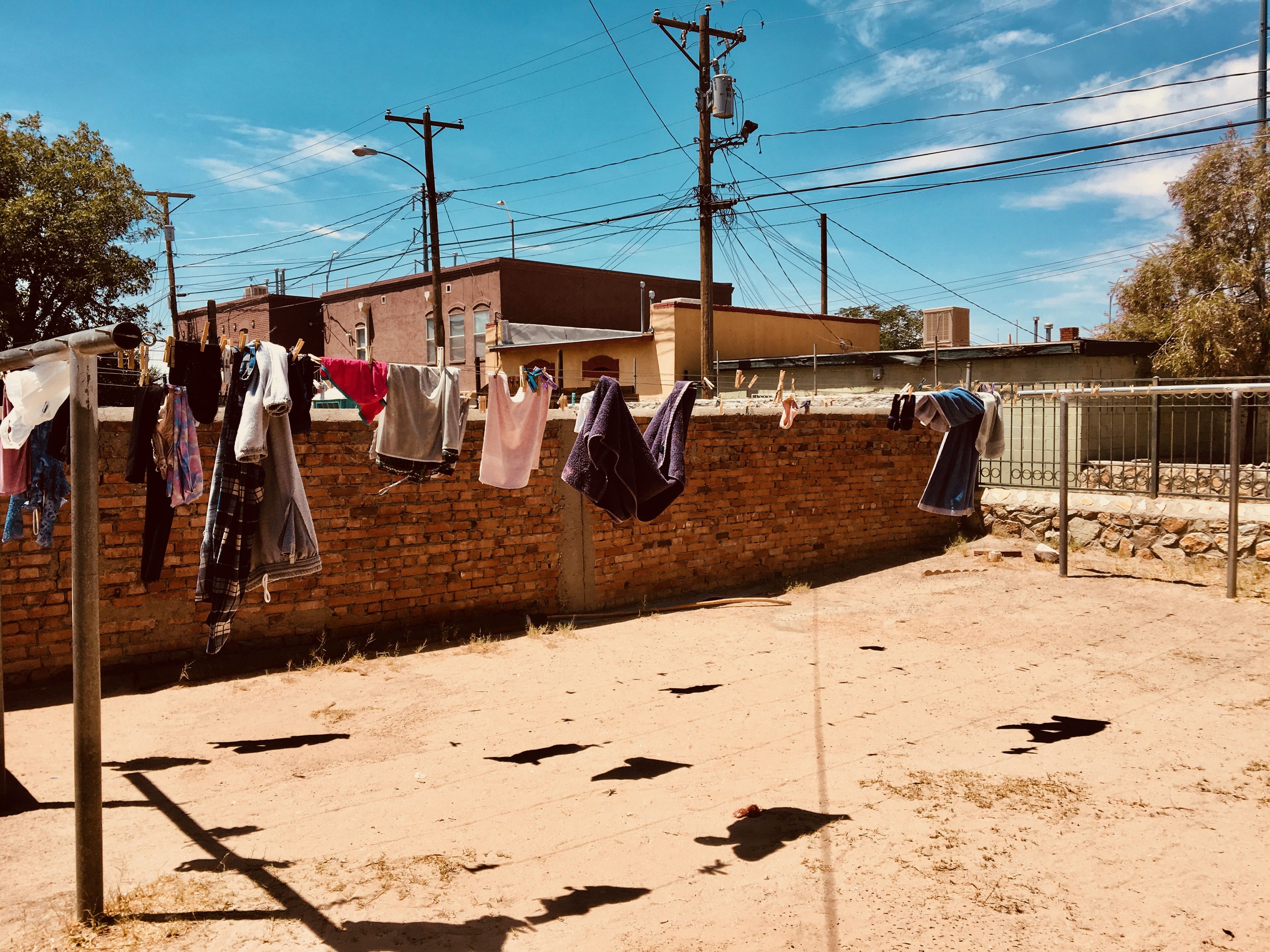
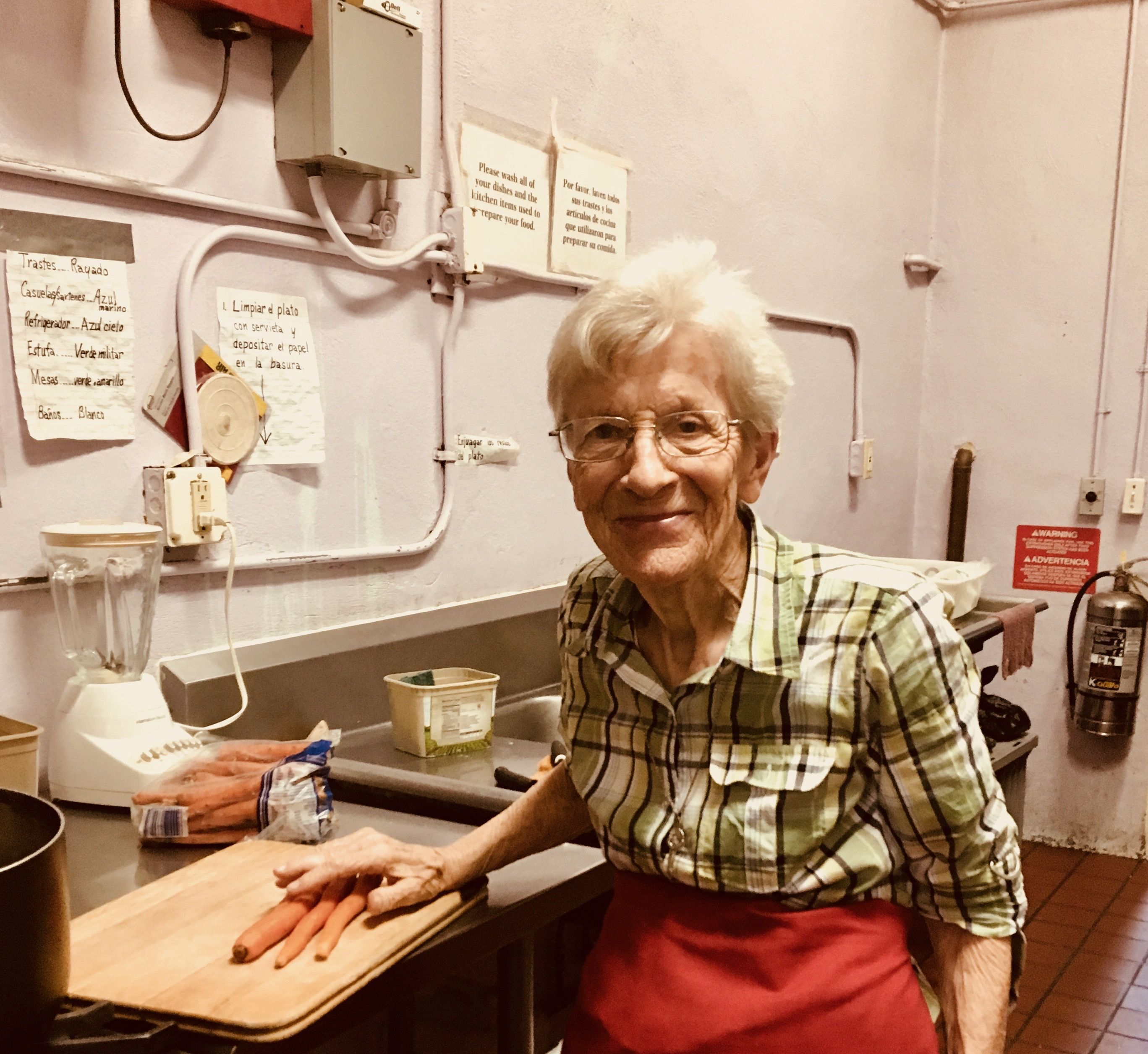
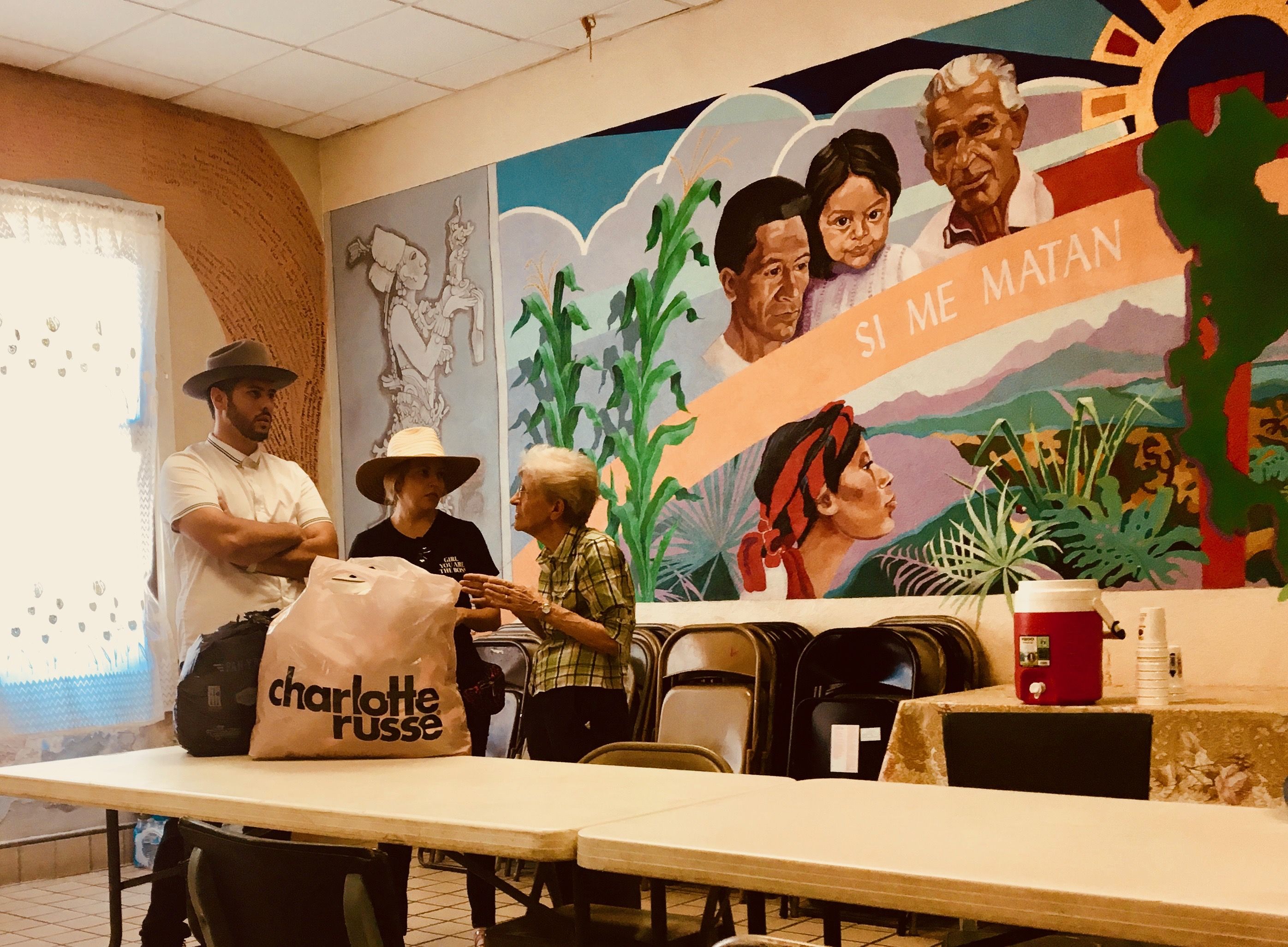

![Volunteers at Casa Vides store donated clothing in the basement. After Border Patrol drops them off, new arrivals go downstairs to pick out a change of clothes. Bins labeled “niñas—ropa interior” and “Niñas Calcitenes [sic]” hold underwear and socks for children. Image by Lily Moore-Eissenberg. United States, 2019. Volunteers at Casa Vides store donated clothing in the basement. After Border Patrol drops them off, new arrivals go downstairs to pick out a change of clothes. Bins labeled “niñas—ropa interior” and “Niñas Calcitenes [sic]” hold underwear and socks for children. Image by Lily Moore-Eissenberg. United States, 2019.](https://legacy.pulitzercenter.org/sites/default/files/styles/node_images_768x510/public/07-16-19/13.jpg?itok=dACZslAK)
